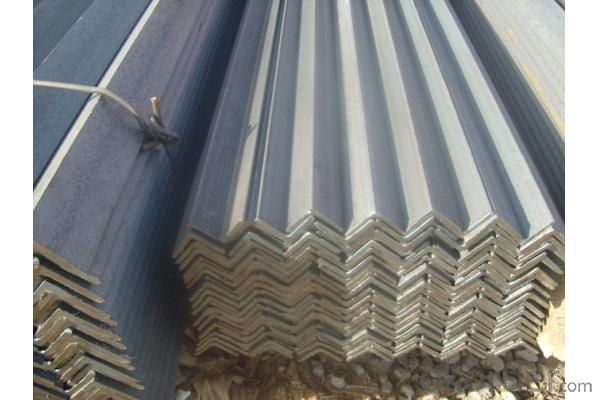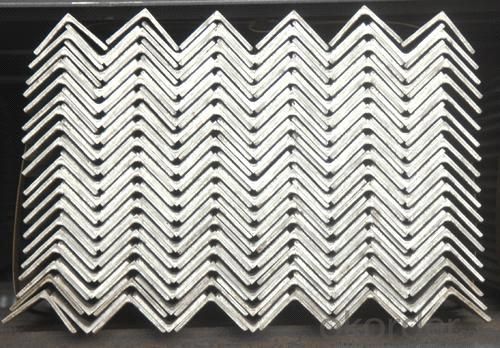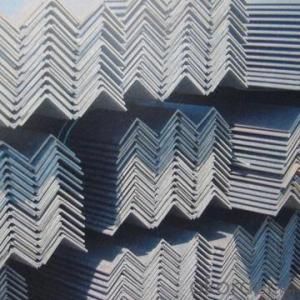Packaging & Delivery
| Packaging Details: | 400 pcs/ bundle |
|---|---|
| Delivery Detail: | 15 days |
OKorder Service Pledge
OKorder Financial Service
You Might Also Like
Standard:GB, JIS
Dimensions:20*0.8-20*3
Grade:Q195-Q420 Series
Place of Origin:Hebei, China (Mainland)
Brand Name:DH
Model Number:2.5#
Type:Equal
Application:building
| Packaging Details: | 400 pcs/ bundle |
|---|---|
| Delivery Detail: | 15 days |
Q235 SS400 hot rolled
20*0.8-200*25
high quality low price and good service
specifications: 20mm*20mm*0.8mm -20mm*20mm*3mm
2.5mm*25mm*0.8mm- 25mm*25mm*3mm
30mm*30mm*0.8mm -30mm*30mm*4mm
3.5mm*35mm*0.8mm- 35mm*35mm*4mm
38mm*38mm*0.8mm -38mm*38mm*4mm
40mm*40mm*0.8mm -40mm*40mm*5mm
50mm*50mm*0.8mm -50mm*50mm*5mm
length: 5.5m 5.8m 6m 9m 12m
our advantage: 1. thickness can be 0.8mm
2. bottom price
3.reliable quality and service
4. fast delivery
grade:Q235 , Q345, SS400
package: in bundle, fasten by wire rod with tags or according to customers' requirements.



Send your message to us
OKorder Service Pledge
OKorder Financial Service
Similar products
Hot products
Hot Searches
Related keywords